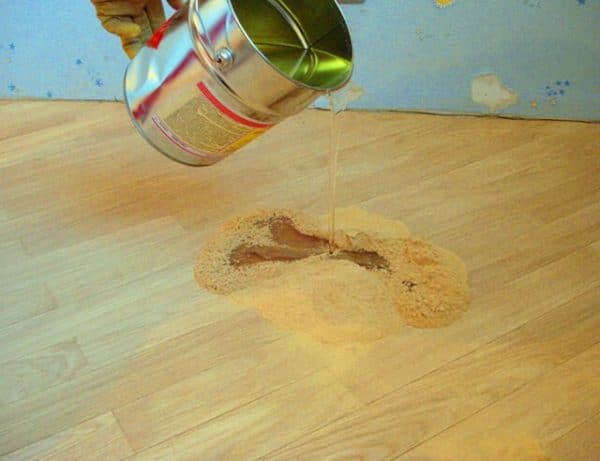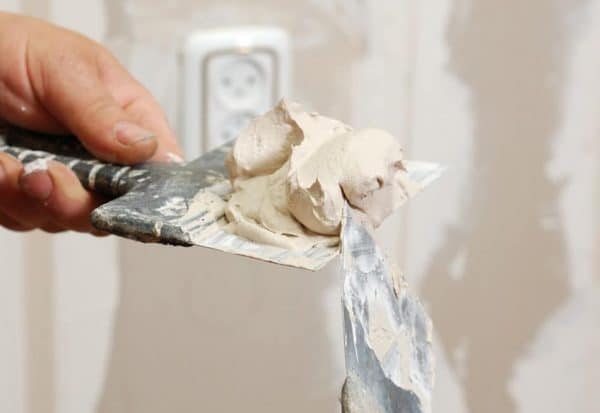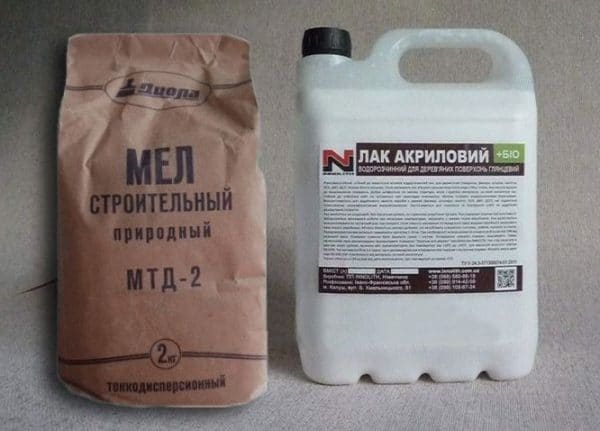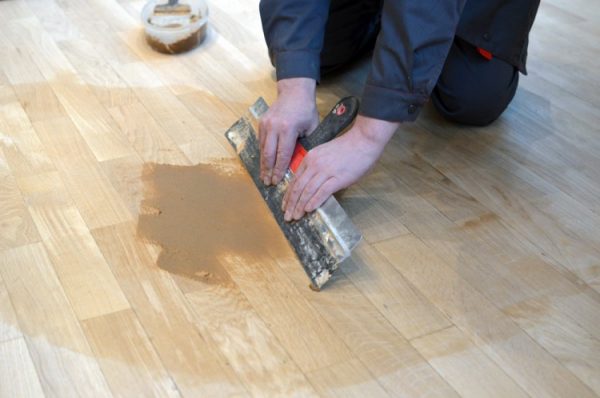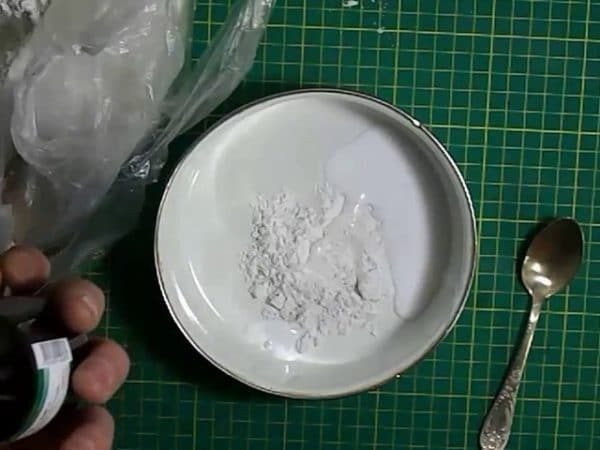There is a huge variety of putty on sale. However, home-made putties are still popular. There are several reasons for this: the desire to save money, the inadequate quality of the factory composition, the need to give the surface special strength. If there is a desire to make a putty composition is not difficult.
- Types of putty on wood
- Making homemade putties
- Putties for wood
- Putties for painting, wallpaper, concrete and plaster
- Putting homemade putty
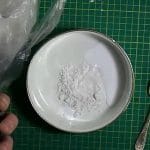
Types of putty on wood
Most often, home-made putties are made for the treatment of wooden surfaces.
For wooden surfaces, several varieties of putties are used. Their positive and negative qualities are shown in the table.
| Type of putty | Benefits | disadvantages |
|---|---|---|
| Polymer (latex) | They dry very quickly, it is easy to work with latex putties, they are environmentally friendly, non-toxic, suitable for sealing the deepest defects of a wooden surface | High price |
| Oil. Another name - glue | The main advantage is durability, which makes it possible to use for processing floors | Dry for a long time, not suitable for many types of wood, unstable to moisture |
| Gypsum plaster | Plasticity, strength, excellent adhesive characteristics, affordable cost | No moisture resistance |
| Acrylic | Great for sealing large surface defects. There are many colors. Resistant to humidity and temperature changes. Dry quickly (within 4-5 hours). Suitable for any wood-based coatings, including fiberboard, laminate, parquet, etc. | High cost, regular coverage updates required |
| Nitro putty | Resistance to humidity and aggressive chemical environments. Odorless and easy to apply on the surface | Long drying time (not less than a day) |
Making homemade putties
A good putty composition should have the following characteristics:
- strength of the formed coating;
- quick drying (no more than 7-8 hours);
- good adhesion;
- plasticity (simplifies work with material);
- the coating should not crumble;
- lack of harmful toxic fumes;
- smooth texture of the hardened coating;
- resistance to humidity and temperature changes;
- ease of use;
- affordability and the ability to find all components on a free sale.
Putties for wood
There are several options for homemade putty for wood processing:
- Based on PVA glue with chalk. The substances are mixed with each other until a creamy consistency is obtained. If the surface is too uneven, wood dust and fine sawdust are added to the mixture. The main disadvantage of putty from PVA and chalk is the long drying time. You have to wait at least a day until the surface sets.
- Chalk with nitrol varnish. Chalk and small wood chips are mixed with the main component - nitro-varnish.If desired, you can create a color composition by adding gouache or building pigment of the corresponding color. In addition to the coloring matter, it is necessary to add a little solvent No. 647. The main positive characteristic of nitro-varnish is the quick drying of the surface. However, there is a significant minus - the composition is toxic and has a sharp unpleasant odor.
- Chalk with acrylic varnish. Water-dispersive paint and varnish material is mixed with chalk. And there is no need for expensive varnish, any inexpensive composition will do. The components are mixed to a pasty state. If necessary, add water to make the paste less thick. The color of the composition is changed by adding color for acrylic paints. The main features of acrylic materials are elasticity and resistance to moisture. If the surface has deep gaps, it is recommended to add fine sawdust to the mixture. The composition dries within 2-6 hours. Specific dates depend on air temperature.
Advice! All types of putties are recommended to be made in a small volume. Otherwise, damage to the composition cannot be avoided, as it dries quickly.
The solution is applied to wooden surfaces using a flexible rubber spatula. The coating is sanded with sandpaper on a bar or with a grinder.
to contents ↑Putties for painting, wallpaper, concrete and plaster
For processing concrete and plastered walls, gypsum-based putties are most often offered. This is not the best material, as it dries too quickly. As a result, it is necessary to prepare the putty in too small portions. In this regard, it is more correct to use the composition of our own manufacture:
- Putty on carpentry or wallpaper glue. Components: chalk - 10 kg, 15% glue - 1 kg, turpentine, laundry soap and drying oil - 25 g each. All of the above is stirred until pasty.
- Acrylic Putty. The following elements will be needed: chalk - 10 kg, acrylic primer - 10 l, carpentry 10% glue - 2 l. Stir the composition until a paste is obtained.
- Casein putty. Composition: casein paint - 10 kg, water - 7 l. The mixture is diluted with water. Then the liquid composition is heated to a temperature of 60 degrees. The hot solution is filtered through a sieve. Add 300 g of drying oil to it. The last added component is 23 kg of wet chalk.
- Casein-based putty. Instead of paint, glue is used, and instead of 300 g, drying oils add only 30. Otherwise, the components and preparation procedure are the same.
to contents ↑
Putting homemade putty
Apply putty made by yourself in the following order:
- Surface preparation. The coating is leveled, old decor elements, all kinds of roughness, bulges, rotten material, protruding fasteners, etc. are removed.
- Putty composition must be prepared in advance. If one of its components is sawdust, you need to wait a few hours until they swell. Putty is used immediately after manufacture. The entire composition must be developed in 1-2 hours, otherwise it will dry out and become unusable.
- The solution is applied with a spatula, brush or roller. Then wait for the complete drying of the surface. Depending on the components of the putty, this one will take 3-12 hours.
- The surface is sanded (sanded) using abrasive material.
- If necessary, protective compounds are applied to the material (against rust, fungus, moisture, fire, etc.).
- Apply paint, decorative plaster, varnish, etc. to the surface.
- The remaining mixture is disposed of.
In most cases, it is easier to purchase ready-made putty in the store. However, sometimes, as is the case with wood putties, the quality of the compositions leaves much to be desired. In this case, the output will be material of its own production.

